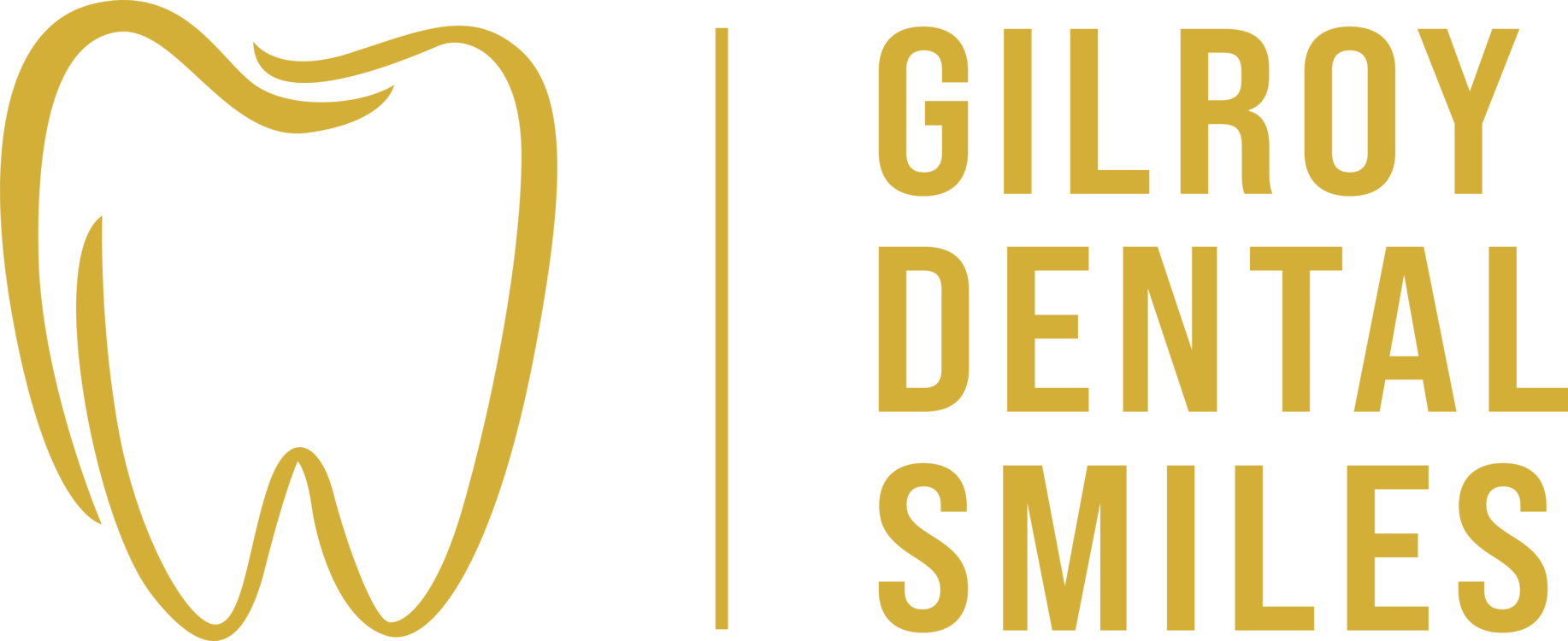Stained and Discolored Teeth
How you feel about your teeth impacts how often you smile. If you feel embarrassed about stains on your teeth, you might find yourself smiling less frequently. The way our patients' feel about their smiles matters greatly to us. A common issue we often address at our dental practice is tooth discoloration, which can range from subtle yellowing to pronounced shades of brown or gray, all of which impact your confidence and willingness to smile. Our experience dental team will speak with you during your consultation to see which treatment option may be right for you.
What Causes Stained and Discolored Teeth?
Stained teeth occur when their natural shade changes due to various factors. Discoloration can appear on the surface (extrinsic stains) or within the tooth structure (intrinsic stains).
Extrinsic Stains:
- Surface Stains: These result from external factors such as coffee, tea, red wine, berries, tomato-based sauces, and smoking or tobacco use. These substances leave pigmented deposits on the enamel, leading to surface discoloration.
- Poor Oral Hygiene: Inadequate brushing and flossing can cause plaque buildup, which hardens into tartar and contributes to surface staining.
Intrinsic Stains:
- Medications: Certain antibiotics, like tetracycline, taken during childhood, can cause internal discoloration that is more difficult to remove.
- Trauma or Injury: Physical trauma to a tooth can result in intrinsic stains as the tooth produces more dentin, the yellowish inner layer beneath the enamel.
- Aging: Over time, enamel wears down, revealing the yellowish dentin underneath, making teeth appear darker or more stained.
Prevention and Treatment For Stained Teeth
Preventing stained teeth involves maintaining good oral hygiene practices, regular dental check-ups, and minimizing the consumption of staining foods and beverages. Professional dental cleanings can help remove surface stains, but if the stains on your teeth are deeper, treatments such as teeth whitening, veneers (thin shells placed over the front of teeth), or crowns (caps that cover the entire tooth) may be recommended by our dentist to improve your tooth color.
Maintaining a bright, healthy smile involves a combination of proactive measures and professional guidance to prevent and address stained teeth effectively. Understanding the specific cause and type of staining is vital for determining the most suitable treatment plan. Consulting our dentist allows us to create a personalized assessment and recommendation based on your individual needs for any current stains you have on your teeth and to help prevent future staining.
GILROY DENTAL SMILES
Schedule Your Visit Today for a Healthier Smile!
Experience gentle, expert dental care in a welcoming environment.!
GILROY DENTAL SMILES
SCHEDULE YOUR VISIT TODAY FOR A HEALTHIER SMILE!
Experience gentle, expert dental care in a welcoming environment.
All Rights Reserved | Gilroy Dental Smiles
All Rights Reserved | Gilroy Dental Smiles
Dental Website Designed and Powered by Dr. Marketing

